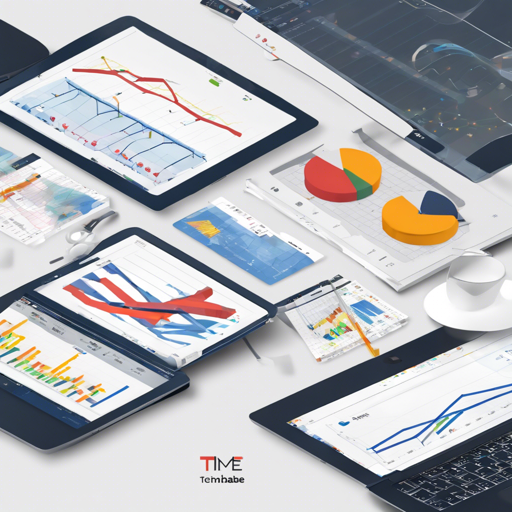TimeBase Community Edition (CE) is your gateway to mastering time-series data management in financial services. This article guides you through the process of using TimeBase CE effectively, troubleshooting common issues, and exploring its rich feature set.
Understanding the Business Problem
Time-series data plays a crucial role in both buy-side and sell-side financial services firms. Companies need reliable time-series data management systems, but many existing solutions are commercial and costly or do not perform well when scaled. Open-source alternatives face significant adoption challenges despite their potential benefits.
The Proposed Solution
TimeBase Community Edition has emerged from over a decade of successful use in trading firms. Offering robust time-series data management under an open-source license, TimeBase CE allows financial firms to leverage both open-source and commercial technologies.
Think of TimeBase like a skilled chef, capable of preparing numerous exquisite dishes (data structures or “streams”) in a bustling kitchen (the financial market). Just as our chef interacts seamlessly with various ingredients (data points) to create culinary masterpieces, TimeBase provides a rich API allowing for data ingestion and utilization in diverse applications.
Current State
Here’s a brief history of TimeBase:
- 2006 – TimeBase 1.0 (Historical data analytics, SQL)
- 2010 – TimeBase 2.0 (Time-series database, live streaming)
- 2015 – TimeBase 5.0 (Very large databases, HDFS)
- 2018 – IPCUDP low latency mode (TimeBase topics)
- 2019 – Cloud support (REST WS, Docker, Kuber)
- 2021 – TimeBase 6.0 Community Edition (Open source)
The roadmap includes exciting features like replacing Apache Tomcat and adding more networking support, illustrating TimeBase CE’s commitment to continuous improvement.
Building and Running TimeBase
Building the Project
To get started, you will need to build TimeBase using Gradle. Ensure you have Java 11 or above installed. To build TimeBase, follow these commands:
shell
$ .gradlew clean build
Running the Server
After building the project, run the TimeBase server using Docker. Here’s how:
shell
docker run --rm -d \
-p 8011:8011 \
--name=timebase-server \
--ulimit nofile=65536:65536 \
finos/timebase-ce-server:6.1
Usage Examples
Explore more about TimeBase CE and its capabilities by diving into the documentation.
Troubleshooting Common Issues
While getting started with TimeBase CE can be straightforward, you may encounter issues. Here are some troubleshooting tips:
- **Server Not Starting:** Ensure Docker is installed and running. Double-check the command for any errors.
- **API Connection Errors:** Verify that the server is running on the correct port (i.e., 8011) and that your API requests are correctly formed.
- **Performance Issues:** If you experience slow performance, consider adjusting Docker resource allocations or checking system resource limits.
For more insights, updates, or to collaborate on AI development projects, stay connected with fxis.ai.
Conclusion
At fxis.ai, we believe that such advancements are crucial for the future of AI, as they enable more comprehensive and effective solutions. Our team is continually exploring new methodologies to push the envelope in artificial intelligence, ensuring that our clients benefit from the latest technological innovations.

